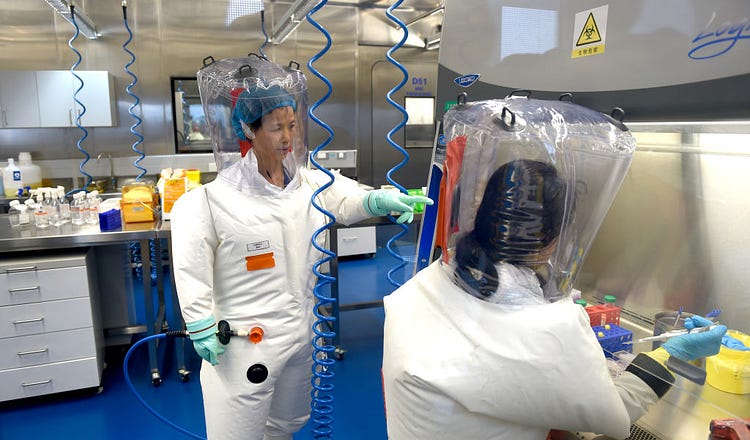Is Gain-of-Function Research a ‘Risk Worth Taking’? Or ‘Insanity’?

Virologist Shi Zheng-li, left, works with her colleague in 2017 at the Wuhan Institute of Virology, where some believe COVID-19 originated. (Photo via Getty Images)
A lab leak in Wuhan may have led to the outbreak of Covid. So what were scientists doing there? And why?
189
For years, our officials—from Anthony Fauci on down—maintained that Covid-19 probably originated from a natural pathway in Wuhan, China. Bats in a wet market, some said.
But according to a new report, the U.S. Energy Department believes the virus likely escaped from the Wuhan Institute of Virology before going on to kill millions around the world. The FBI
Continue Reading The Free Press
To support our journalism, and unlock all of our investigative stories and provocative commentary about the world as it actually is, subscribe below.
$8.33/month
Billed as $100 yearly
$10/month
Billed as $10 monthly
Already have an account?
Sign In

